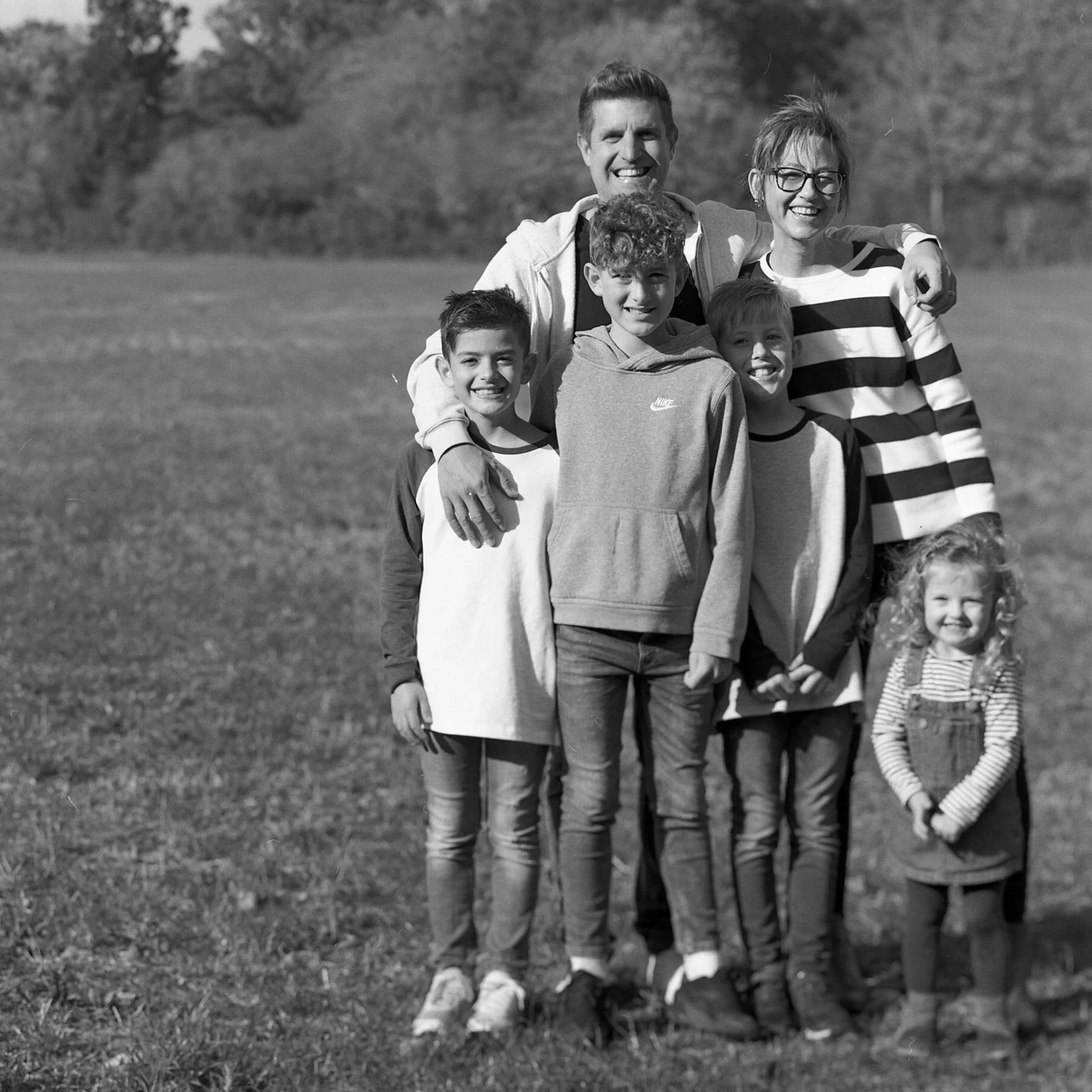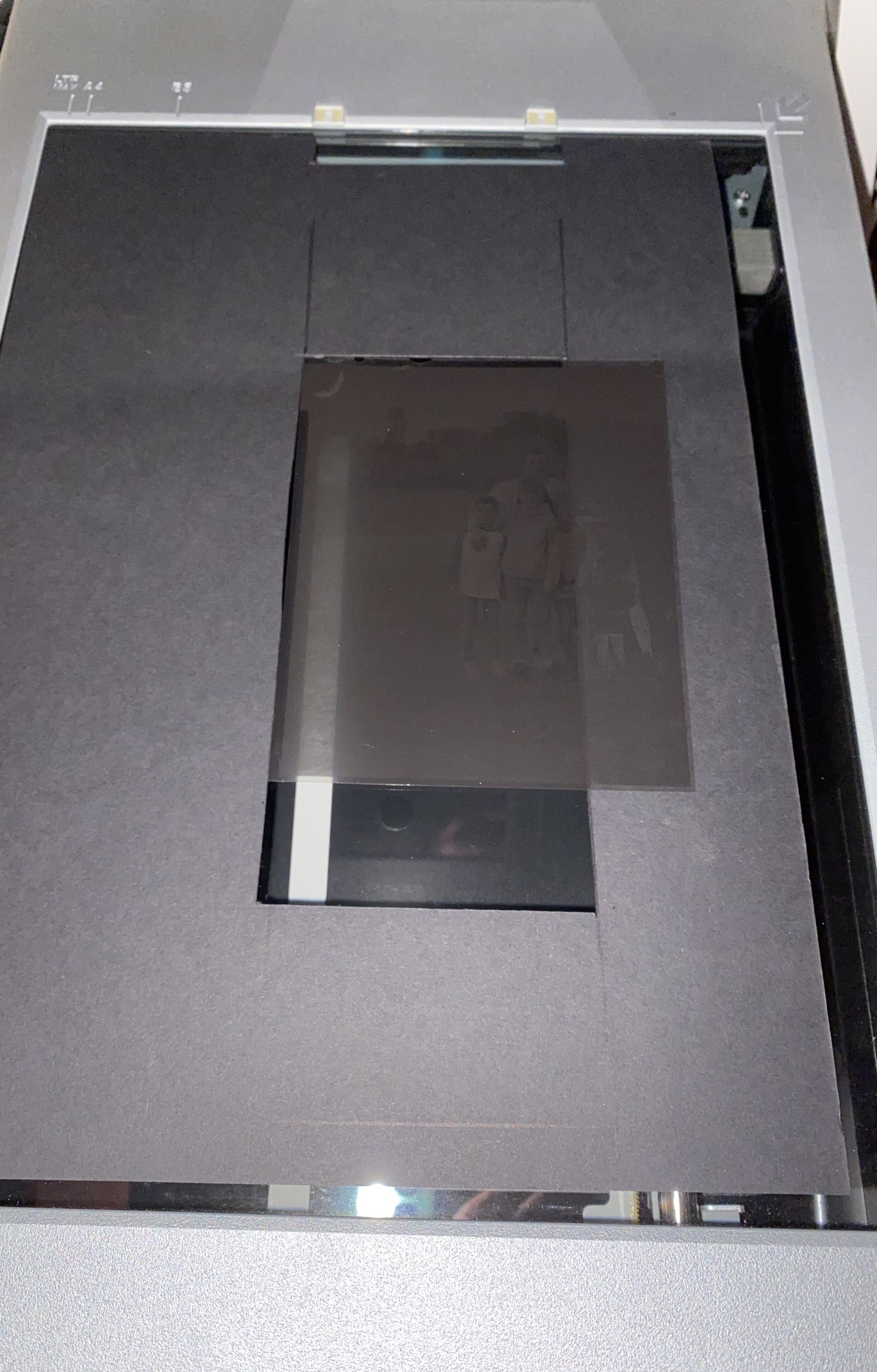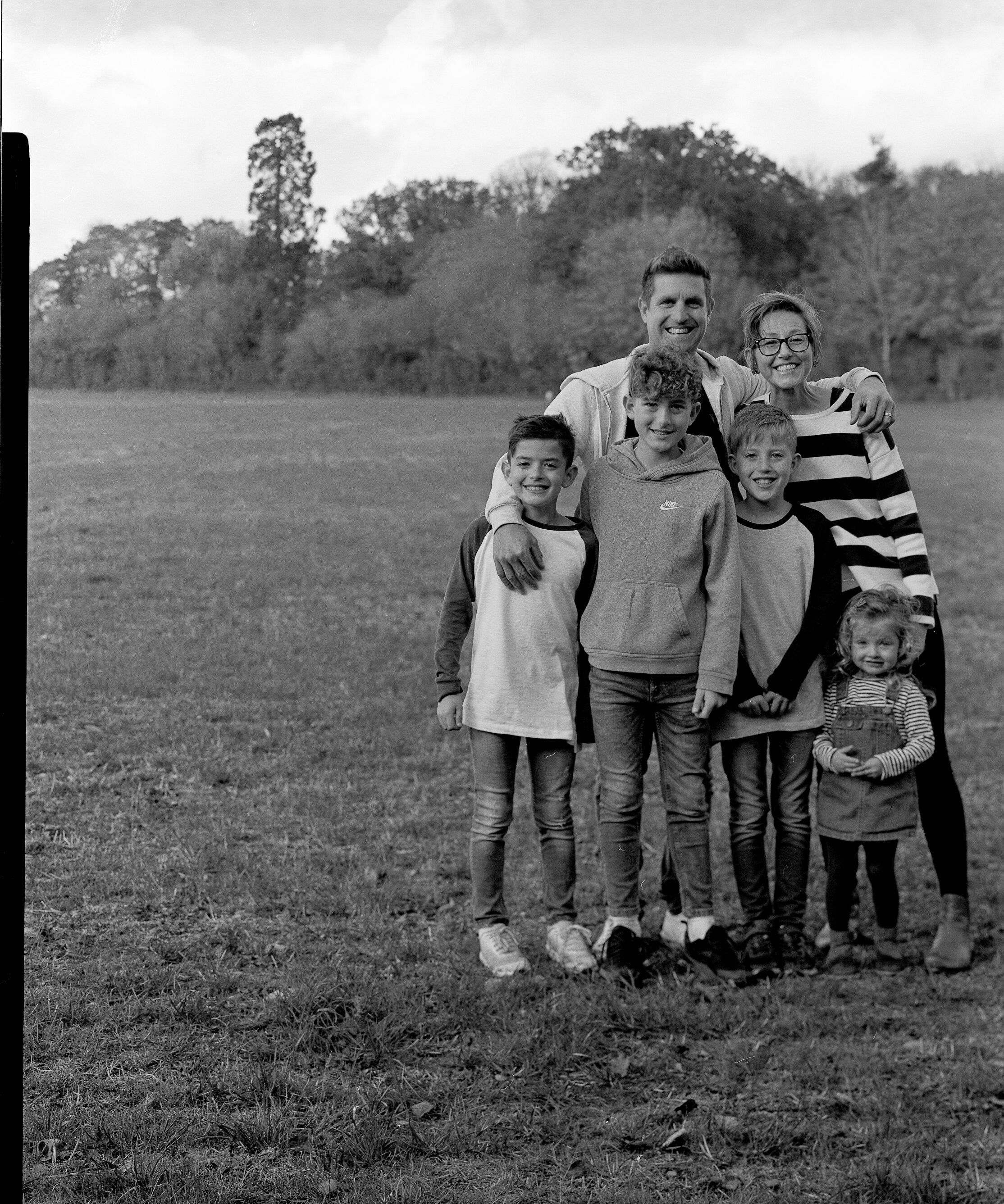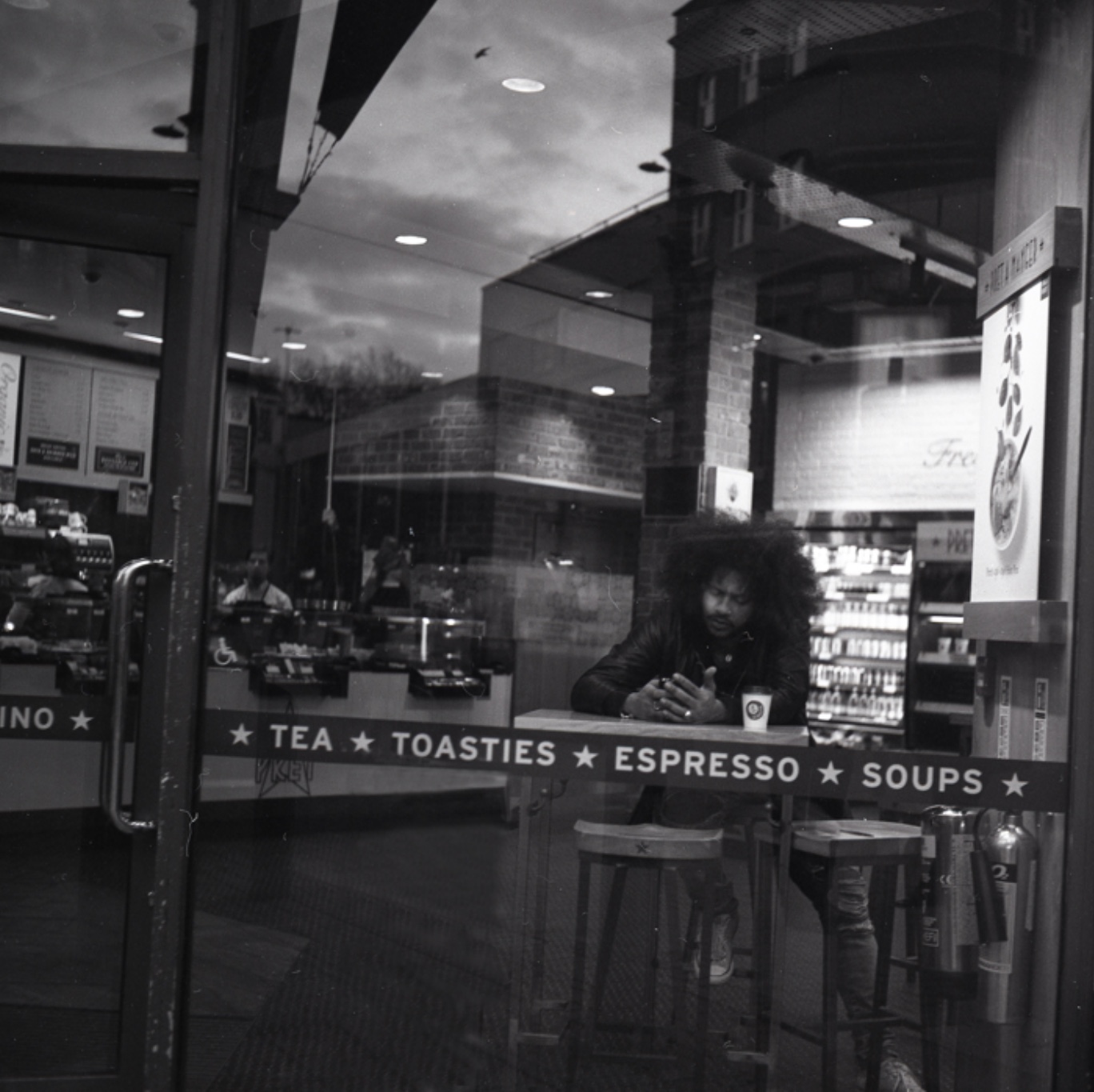Your Custom Text Here
For Gotton Farm
I first got news that Gotton Farm was to be sold in the summer of 2018. I was devastated and extremely worried for the future of my family
Gotton has been with us for a hundred years and my cousin Ted is the last of the three generations to live and work there. I've grown up with him and spent many a summer day on the farm and the long nights by the fire. The fear of change was overwhelming for us all.
It was later that I learned that there was a way to keep the farm in the family, but to do this meant selling the entire herd and changing the structure of the farm buildings.
I decided I wanted to capture the life of the farm and the enormous changes it was undergoing I later discovered that the history of the farm has never been recorded so this will be the only document of Gotton as a working farm.
The final months of the herd were witness to mv uncle Mike suffering from significant illness, a trusted farm hand suddenly losing his life, deaths in the herd and failed TB tests. All the while, Ted and his father remained upbeat, showing smiles that hid the tension and anxiety they were facing every day.
The following is my initial set from an ongoing project. The photos are a mixture of digital and medium format film, which was taken on my Bronica.
Scanning Large Format Negatives
A new scan of one of our earlier shoots
A big part of creating analogue images is producing a final usable result.
When working with large format, this is further complicated because the equipment for mechanically enlarging the negatives is harder to find, more expensive, and harder to accommodate.
We’ve been looking into doing contact prints, which would give us a physical copy made entirely using the old methods, but this would be limited to prints of 4x5 inch size.
So, we also need to scan the negatives so that we can print them digitally. Our first attempts at this process involved using a flat-bed scanner and then reversing them in software to produce a positive image.
We thought the results were passable, but blamed our analogue process for the quality of the results:
Initial attempts at scanning were less than perfect!
Although this method captured the essence of the old process, it really doesn’t reflect the quality that is possible from a large format camera.
So…we kept looking.
Our scanner can scan 35mm negatives as well as medium format, but there’s no option for large format…but photoshop can stitch images together, so we thought we’d try that.
The mask is just a big piece of black card, roughly cut to shape
And it works!
I had to make a mask to put on the glass of the scanner, and we have to move the negative twice for each scan then feed the two images into photoshop.
The results are night and day between the two methods (the new scans are shown after the old ones):
Large Format Photography
Lockdown has given us some time to perfect our large format photography process - we were able to shoot a few during our most recent wedding, and we’ve shot some portraiture at home using each other as subjects.
Woz, shot by Em.
We’re using the Intrepid 4x5 as shown in previous posts and using sheet film, in this case Ilford HP5.
The film has changed what we can photograph. Previously working with paper negatives meant we needed so much light, and such long exposures that the process wasn’t really practical, especially in winter.
The film allows us to even take pictures indoors with windowlight.
Pictured with the film is the processing system we’re using - an SP-445 from stearmanpress.com
This is what’s enabled us to shoot film - as film is far more sensitive to light, it’s much harder to process in a darkened room as even a tiny amount would fog the image.
This is what it looks like with the lid off:
It’s essentially a light proof bottle that allows you to pour and mix the chemicals in daylight, meaning that you don’t need a darkroom to process the negatives.
That said, it’s still a long process, needing a sink and lots of different bottles. Calling it a processing system makes it sound a lot more automatic than it is!
Woz, shot by Em.
This and the above portrait were both shot in window light, with a single reflector being used to create some fill. Without this, one side of my face would be in very dark shadow. The reflector was hung from a light fitting in the kitchen! Not exactly a studio, but it does show that we could do this anywhere where there’s enough light.
Even in my little cottage with small windows, the exposure times aren’t too bad - these were at 1/15s, which means we won’t be shooting any indoor sports or even vague movement!
I’ll write in another post about the trials and tribulations of actually using large format in a wedding situation, which offers many more challenges!
Intrepid Camera family shoot
We had a family shoot towards the end of October and as we were preparing to finish we asked if they would be happy to pose long enough for us to try out our Intrepid large format camera. They were very keen! When the camera emerged from the car they were all extremely curious and wanted to get under the dark cloth and have a look at the screen to see what we saw.
The image you get on the back, as you’re focussing the camera, is upside down and reversed, which makes framing the image quite interesting!
When you add that you can’t just ‘click a button’ and get a picture, the whole thing becomes much more of an event than using a digital camera.
Here’s the rough process, to give you an idea of the time it all takes:
Arrange everyone in the frame. There’s no zoom and everything is cumbersome and on a tripod, so this involves moving people and camera around a lot…which you’ll see we didn’t quite get right!
Get under the dark cloth and focus the image.
Get a meter reading (we cheated and used one of our Fuji cameras)
Set the Aperture and shutter speed.
Realise people have moved, so refocus the image.
Notice a cloud has covered the sun, so take another meter reading and change the settings!
Manually cock the shutter - this is priming a spring that will open and close the shutter for a set time when you eventually get to press it!
Close the shutter - you have to do this manually and if you forget you will expose the film when you remove the dark slide at step 10 and get no picture.
Insert the film holder (you can’t do this before as it goes in front of the focussing screen and blocks your view).
Remove the dark slide.
Get everyone to smile…while noticing the cloud has moved so the light has changed!
Press the shutter button.
Replace the dark slide.
Remove the film holder.
This process happens for each shot, and takes a while! Weirdly though, it’s such a performance that the family posed really well and it’s about the only time we got them all to hold still and smile at the same time!
Of course, we had no idea if we’d managed to actually capture anything on our 4 shots, so off we went to process the film.
Result!
Of the four shots, we got one dud, which we think was because the shutter was cocked but not closed, and two that are a bit too contrasty because the light changed before we took the picture.
Overall though, we’re happy with the results on this first trial. Next time, we’ll definitely spend more time posing and hopefully less time in the process of taking the image!
medium format photography
by em
The following is an extract from one of my photography projects. The theme was titled ‘Obsession’ and for this I chose to focus on the use of mobile phones.
During my course I have been lucky enough to borrow the college’s Yashica Mat 24 Medium format twin lens reflex camera. I have wanted to experiment with medium format since starting this course and this particular project presented the perfect opportunity.
I have carried it with me to a number of locations on my travels, which is no small feat as it’s quite heavy! I suspect that medium format might be my ideal format – I love processing film and the slowed down process of analogue photography, and medium format gives me the huge high quality SQUARE negative. There’s everything to like about it. And 120 roll film only has 12 square shots to a roll, so I don’t spend ages trying to fill a roll for development.
This first picture is from a trip to Bristol. The other great thing about a TLR is that you don’t look at your subject directly, but stare down in the direction of your feet, which makes you much less intimidating. Even if people do notice you, they are fascinated rather than threatened. This has let me be a little more direct with photos, as this picture shows:
Bristol Pret. F/3.5 60ms
This picture has had some post processing as there was an unsightly bollard in the foreground. I know this goes against the grain for true street photography, but this is my blog and I want to make it pretty!
I was fortunate enough to have the opportunity to use the TLR in a studio situation. The college has an excellent studio and Adam was kind enough to lend me one of the college’s Speedlites and help me to set it up.
I am extremely excited to present these images of Len, who was kind enough to pose for me. These are the first medium format studio portraits I have ever taken and from a roll of 12 pictures I have managed to get 4 good quality street photos and 4 studio portraits. I love this camera!
Len. F/4 125ms
This is one of 4 shots I took of Len. I used a light meter on Len’s cheek to measure the ambient light for both of the included studio shots. The flash unfortunately failed to fire on two, and I only have the light from the screen of his phone, so they are unusable, but it’s all a learning process.
I love the eye contact in this picture. On one of the failed images I had removed his lanyard, which made the image slightly more timeless, but given the context and the mobile phone, I don’t think this is too much of a problem. I have cleaned up some dust from the image in Lightroom. I need to remember that this size of negative appears to be very good at collection detritus from the darkroom!
Len’s Phone. F/5.6 125ms
For this image, we attached a good quality close up lens to the camera and I got in real close. I find this image really engaging and love the tones on his face. I am pleased with the detail that the camera can achieve, even with a close up attachment on the front.
Since completing the project I now have a Bronica medium format slr camera, with a couple of lenses which I use to shoot personal work.



























































